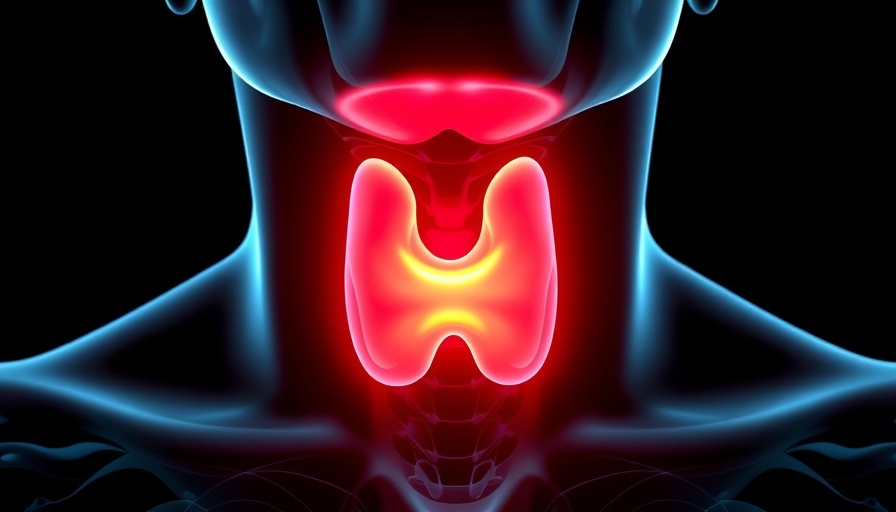
Shedding Light on Testosterone: A Vital Hormone
Testosterone is often dubbed the "male hormone," but its role is far more expansive than just influencing sex drive or muscle development. It's akin to the oil that lubricates a well-running engine; when testosterone levels are low, the entire body may experience issues. From mood swings to diminished energy levels and even challenges with weight management, low testosterone can manifest in various ailments. Understanding this is essential, especially for those navigating the complexities of manopause, a term coined to signify the gradual decline of testosterone levels as men age.
What is Manopause?
Manopause or andropause, while often overshadowed by women’s menopause, represents an important transition in a man's life. Typically beginning in the 40s and becoming more pronounced by his 60s and 70s, it can cause fluctuations in energy, mood, and libido. The clinical definition hinges on a significant decline in testosterone levels that may lead to long-term health effects. Recognizing these changes can empower men to seek the necessary support and regain control over their wellness.
The Modern Stress of Living
Life today is undeniably stressful. Many men, like the gentleman mentioned in the original article, juggle work, family commitments, and personal challenges that can all contribute to hormonal fluctuations. Chronic stress releases cortisol, a hormone that competes with testosterone for production and can hinder its uptake in the body. Reflecting on historical manly figures, we see that ancestral stressors (such as starvation or predator threats) elicited a testosterone spike for survival but contrasted starkly with the societal pressures of today, which often lead to hormonal depletion instead.
Understanding the Symptoms of Low Testosterone
The symptoms of low testosterone may be subtle initially, often dismissed as signs of aging or lifestyle fatigue. These can include:
- Fatigue or loss of motivation
- Increased body fat
- Decreased bone density
- Depressed mood or anxiety
- Decreased libido or erectile dysfunction
Identifying these symptoms early is vital for addressing them appropriately. Those experiencing such changes should consider consulting a healthcare provider, especially since some low testosterone cases may be reversible.
Pathways to Recovery
Addressing low testosterone is not merely about hormone replacement therapy (HRT). A multifaceted approach may often yield the best results. Important lifestyle changes include:
- Regular exercise and strength training
- A balanced diet rich in nutrients like zinc and vitamin D
- Quality sleep and stress management techniques
- Avoiding excessive alcohol and seeking support for mental health
These measure not only help balance testosterone levels but also boost overall wellness—a vital goal for any man looking to live life to the fullest.
The Importance of Open Discussions on Men’s Health
Engaging in conversations about men’s health, specifically relating to testosterone and its impact on life quality, can greatly reduce stigma. It’s vital for men to feel comfortable sharing their experiences, fears, and questions regarding hormonal health. By connecting with others who are experiencing similar challenges or by educating themselves about resources available, men can foster an environment of understanding and support.
In closing, addressing testosterone imbalance is a journey toward restoring balance, enhancing vitality, and improving quality of life. By prioritizing wellness and seeking guidance, men can navigate this personal and health-related shift effectively—a testament to resilience in the face of adversity.
For those looking to better their overall wellness profile and mental health, now is the time to explore your options.
 Add Row
Add Row  Add
Add 



Write A Comment